BY WALTER OPINDE
Since opening its doors on 24th June, 1914, and introducing the first Amateur Night contests in 1934, the Apollo Theater has played a significant role in the emergence of jazz, swing, bebop, R&B, gospel, blues, and soul — all prototypically American music genres. Ella Fitzgerald, Sarah Vaughan, Billie Holiday, Sammy Davis Jr., James Brown, Bill Cosby, Gladys Knight, Luther Vandross, D’Angelo, Lauryn Hill, and countless others began their road to stardom on the Apollo stage. Today, the Apollo is a respected not-for-profit, which presents concerts, performing arts, education and community outreach programs.
Ella Fitzgerald, Sarah Vaughan, and Pearl Bailey, for example, were all early Amateur Night winners, and later acts like the Jackson 5 and Stevie Wonder also enjoyed their first major exposure at the Apollo. As musical styles changed, the theater evolved with the times, booking rhythm and blues, gospel, funk, soul and hip-hop acts, and hosting landmark performances by artists like James Brown.
The neo-classical theater known today as the Apollo Theater was designed by George Keister and first owned by Sidney Cohen. In 1914, Benjamin Hurtig and Harry Seamon obtained a thirty-year lease on the newly constructed theater calling it Hurtig and Seamon’s New Burlesque Theater. Like many American theaters during this time, African-Americans were not allowed to attend as patrons or to perform. In 1933 Fiorello La Guardia, who would later become New York City’s Mayor, began a campaign against burlesque. Hurtig & Seamon’s was one of many theaters that would close down.
Cohen reopened the building as the 125th Street Apollo Theatre in 1934 with his partner – Morris Sussman, serving as manager. Cohen and Sussman changed the format of the shows from burlesque to variety revues and redirected their marketing attention to the growing African-American community in Harlem. However, Frank Schiffman and Leo Brecher took over the Apollo in 1935. The Schiffman and Brecher families would operate the Theater until the late 1970s.
The Apollo reopened briefly in 1978 under new management then closed again in November 1979. In 1981, it was purchased by Percy Sutton a prominent lawyer, politician, media and technology executive, and a group of private investors. Under Sutton’s ownership, the Theater was equipped with a recording and television studio.
In 1983, the Apollo received state and city landmark status and in 1991, Apollo Theater Foundation, Inc., was established as a private, not-for-profit organization to manage, fund and oversee programming for the Apollo Theater. Today, the Apollo, which functions under the guidance of a Board of Directors, presents concerts, performing arts, education and community outreach programs. The shining lights of the Apollo sign are a beacon for tourists rushing through the 125th street in central Harlem.
Read more about the history and importance of the Apollo Theater via:

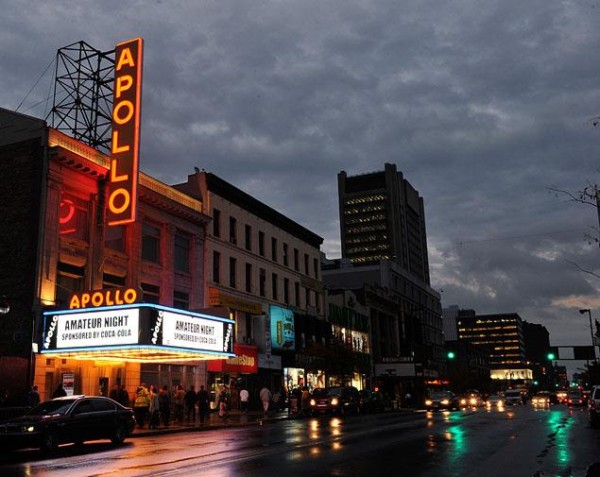




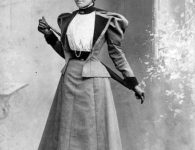
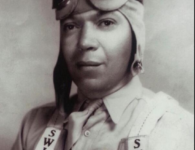

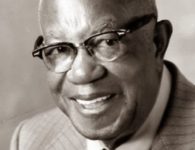

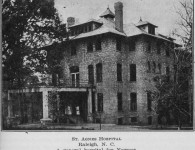


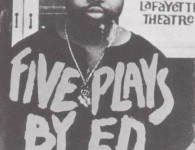


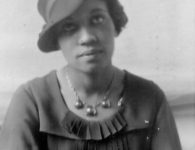

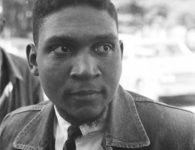

1 Comment
…and included the “Queen of the Soundies” Mable Lee! The Apollo honored and recognized her on their Marquee in February, the day she died. I never understood throughout my life why Mable (my cousin) is not mentioned outside of NY for her accomplishments to dance, tap, Broadway and the entertainment industry. I guess only so many “light skinned” folks could be recognized at one time.